Ulsan Onggi Festival (울산옹기축제)
13.0Km 20326 2024-04-25
36 Oegosan 3-gil, Onyang-eup, Ulju-gun, Ulsan
+82-52-980-2232~6
Ulsan Onggi Festival takes place within Oegosan Onggi Village, the largest onggi (traditional Korean pottery) village in the nation, home to seven master artisans. The festival serves to promote this local product while providing visitors with the chance to learn more about onggi through various programs and hands-on experiences.
Onggigol Ceramics (옹기골도예)
13.1Km 0 2023-10-20
18 Oegosan-gil, Ulju-gun, Ulsan
Onggi Ceramics is the workshop of Heo Jin-gyu, a master onggi craftsman, and is located in Onggi Village in Ulsan, home to the largest production of onggi in the nation. Visitors can browse the items as well as purchase anything that piques their interest. The workshop also offers a range of exerience programs related to onggi, although advanced reservations are required to participate.
Oegosan Onggi Village (외고산옹기마을)
13.2Km 30666 2020-08-24
36, Oegosan 3-gil, Ulju-gun, Ulsan
+82-52-237-7894
Oegosan Onggi Village was established when earthenware master Heo Deok-man settled in the area in 1975. The village today showcases a massive collection of various earthenware products, which creates a unique sight. Over 50% of the country's earthenware products are crafted at this village. The village also features several attractions for visitors to enjoy, such as the Ulsan Onggi Museum, which houses the largest earthenware pottery recognized by the Guinness Book of World Records; and the annual Ulsan Onggi Festival, with many diverse activity programs.
Gangdong Pebble Beach (강동몽돌해변)
13.2Km 10474 2021-07-14
1650, Donghaean-ro, Buk-gu, Ulsan
+82-52-241-7751
For those hoping for a view of the winter sea, or those longing for the engulfing embrace of the clear dark-blue waves crashing into huge rocks, Gangdong Pebble Beach is the place to be. The coastal road, with its beautiful scenery of the sea and mountains, is a popular driving route. With diverse attractions nearby, many vacationers are attracted to this beach in winter.
Jusangjeolli Cliff of Gangdong Hwaam Village (강동 화암 주상절리)
13.6Km 15182 2020-04-23
Hwaam-gil, Buk-gu, Ulsan
+82-52-229-6350
Jusangjeolli are columnar rock formations with cross sections in hexagonal or triangular shapes. The jusangjeolli at the shore of Hwaam Maeul Village were created by basalt lava that erupted in the Tertiary period of the Cenozoic Era about 20 million years ago. The columnar basalt formations were created as the lava cooled and shrank into cracks. The rocks look like wood stacked horizontally or vertically en masse. The length of the columns average around 20 meters and diagonally are about 50 centimeters at the longest cross-section. Of the columnar lava formations on the East Coast, the Jusangjeolli in Hwaam are the oldest, so it is academically invaluable. Shaped in various angles, the rocks also offer a great landscape for sightseeing.
Vanastha (Healing in Ulju) (와나스타(울주에서 치유하다))
16.1Km 0 2024-01-10
207 Daeam 1-gil, Eonyang-eup, Ulju-gun, Ulsan
Vanastha, located in the forest inside Daeam Dam in Ulju-gun, is a forest yoga house that means "stay in the forest." For modern people who lack time to look back on their bodies in their tired daily lives, it provides time to fully focus on themselves with proper breathing, meditation, and Hatha yoga. Here, one can hear the sounds of nature, feel nature, and experience of becoming one with nature and the universe, only in nature. It offers a one-day class and a yoga meditation program on Saturday mornings. Private session option is available for a group of four or more people with a reservation in advance.
Gwanseong Solbat Beach (관성솔밭해변)
16.6Km 20312 2021-08-12
68-24, Yangnam-ro, Gyeongju-si, Gyeongsangbuk-do
+82-54-779-6325
Gwanseong Solbat Beach, formerly Gwanseong Beach, is known for its extremely clean waters, and the connecting pine grove creates a gorgeous semi-circle shape. Nearby in Sindae-ri, Yangnam-myeon is Kolon Garden Golf Club, allowing visitors to enjoy many other leisure activities in the area. The driving course along the coastal road is also popular among visitors.
Chisanseowon Confucian Academy (치산서원)
16.7Km 25005 2020-02-05
7, Chisullyeong-gil, Dudong-myeon, Ulju-gun, Ulsan
+82-52-204-0324
Relics of Park Jesang is also referred to as Chisanseowon Confucian Academy.
Park Jesang, a descendent of Park Hyeokgeose, was severly tortured and then burned to death after rescuing two hostages taken by Japan, who were the brothers of King Nulji.
The nearby temple and Mangbuseok have a folk tale regarding the story. His wife and two daughters died waiting for him and then his wife is said to have turned into Mangbuseok (faithful wife stone) in the eastern Chisullyeong Mountain in Manhwa-ri, Dudong-myeon. According to the legend, her spirit became a bird, and flew away to hide behind Euneulam (Bird Hidden Rock).
After Park Jesang's couragous act, King Nulji gave him a loyal officers position as well as the role of godmother to his wife for her model behavior of wifely duty. Chisanseowon Confucian Academy keeps their ancestral tablets to honor royalty.
Petroglyphs of Bangudae Terrace (울주 대곡리 반구대 암각화)
16.9Km 26550 2023-07-17
285, Bangudaean-gil, Ulju-gun, Ulsan
+82-52-204-0322
In Daegok-ri, Eonyang-eup sits Bangudae Terrace, a picturesque spot where a ridge of Yeongosan Mountain extends to and stands tall to form quite a spectacle featuring uniquely shaped rocks and cliffs. The name, Bangudae, comes from how it resembles a turtle lying prone on the ground. Petroglyphs are paintings drawn by people from the prehistoric times carved on rocks and depicting various scenes and events in their daily lives. Petroglyphs were often drawn on enormous rocks and other sacred locations of groups, and it is believed that people gathered around them to hold various rituals.
Petroglyphs of Bangudae Terrace in Daegok-ri, Ulju-gun are estimated to have been drawn over several periods since the New Stone Age so you can discover the differences in styles among various ages. Primary objects that were popularly carved include sea animals, land animals, humans and tools and, as our prehistoric ancestors actively engaged in hunting, the hope of abundance in game is believed to be the reason why these objects were frequently carved on rocks. Vividly expressing animals and hunting scenes and colorfully depicting outstanding traits of objects, these petroglyphs are a form of both hunting art and religious art, and they are considered as the greatest masterpieces from which we can take a peek at the life and customs of the prehistoric ages.
Seosaengpo Waeseong Fortress (서생포왜성)
17.2Km 18833 2020-02-05
Seosaeng-ri, Seosaeng-myeon, Ulju-gun, Ulsan-si
+82-52-204-0324
Seosaengpo Waeseong Fortress
(Seosaengpo Japanese Fortress) is a stone fortress typical
of the Japanese style popular in the later part of the 16th century. It was built under the leadership of Japanese General Kato Kiyomasa in
1592-1593 at the beginning of the Imjinwaeran War (Japanese invasion, 1592-1598). The main fortress is located on a mountaintop 200 meters above
sea level, a second fortress is halfway down the mountain, and a third fortress is
located at the bottom of the mountain. The whole fortress is rectangular shaped. The fortress wall is 6 meters high and slants at an angle of 15 degrees.
In 1594, a Buddhist monk named Samyeong-daesa came to Seosaengpo Waeseong Fortress four times to negotiate for peace, but he failed each time. In 1598, the fortress was taken over
by Korea with the assistance of General Magwi of the Ming dynasty. A year later, Changpyodang Shrine was built in honor of 53 Koreans
who died during battles against the Japanese invading forces. However, the shrine was destroyed during the Japanese imperialism period and no
trace of it remains. It is possible to tell from Seosaengpo Jinseongdo (a map drawn up in 1872) that the fortress was also partially used by Korean forces.
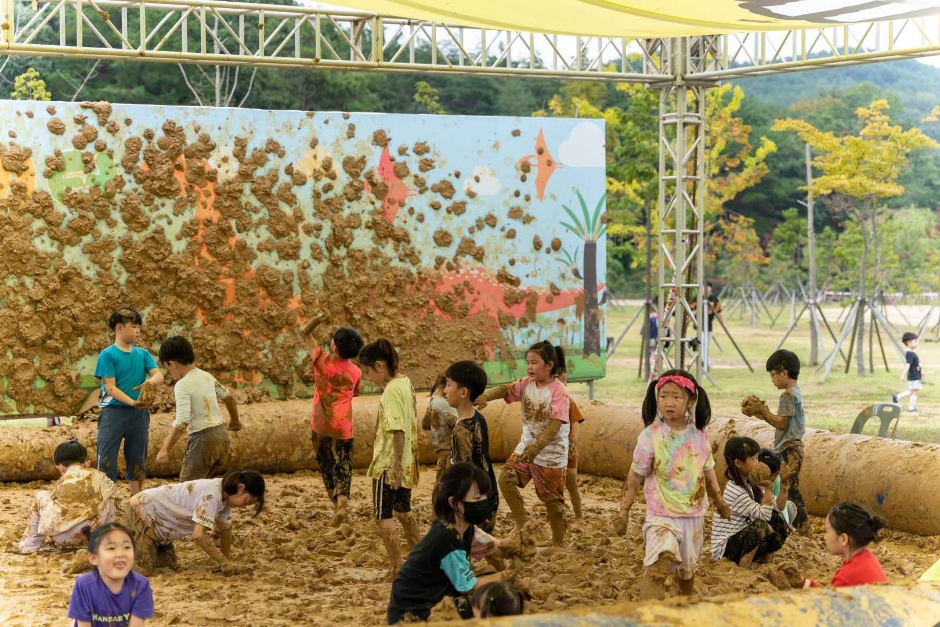

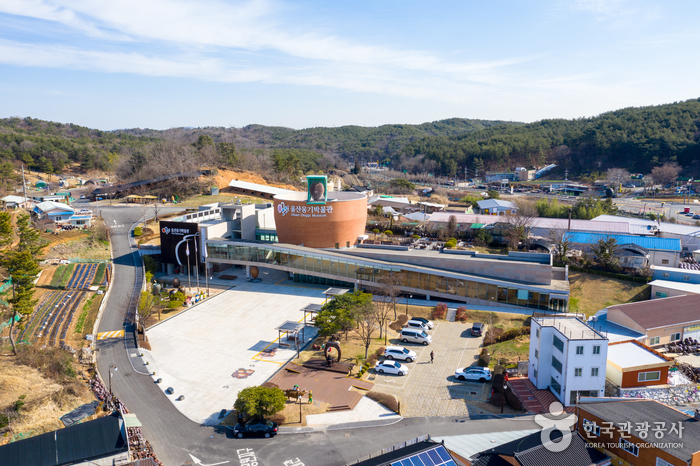
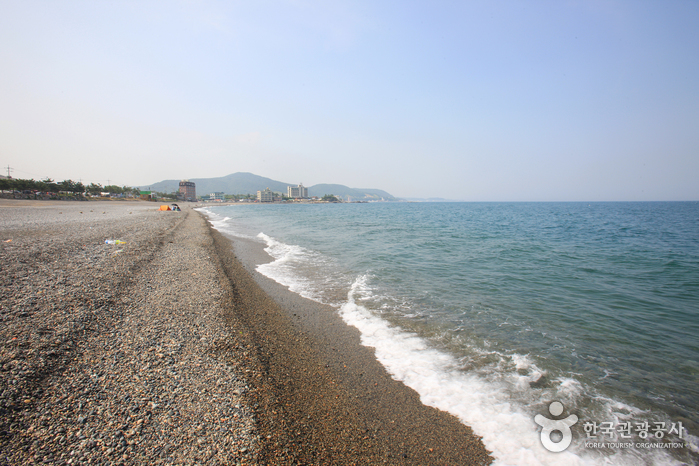
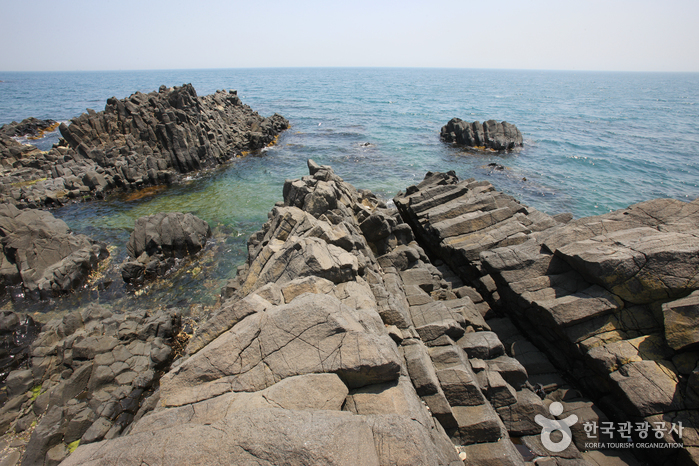
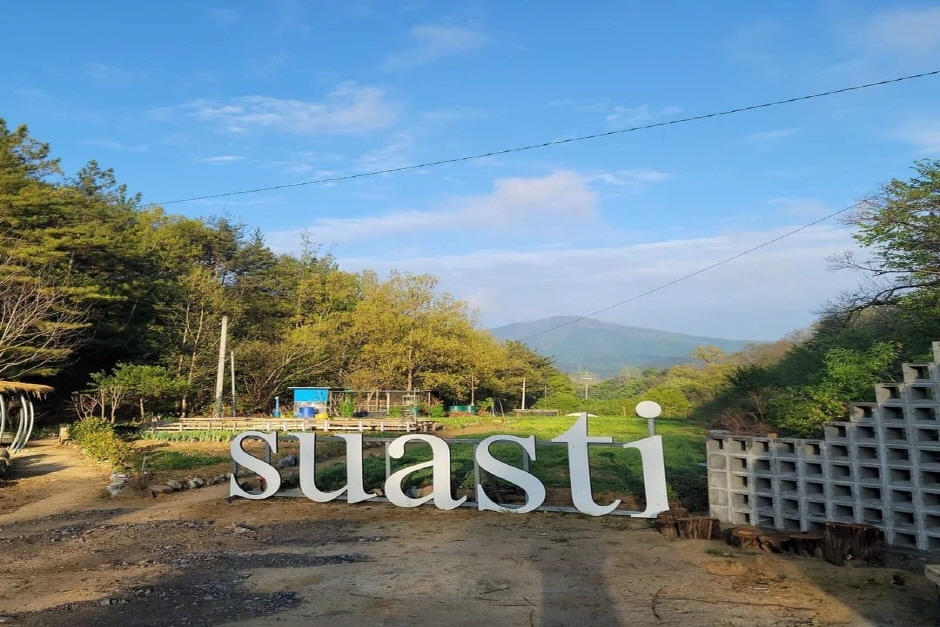
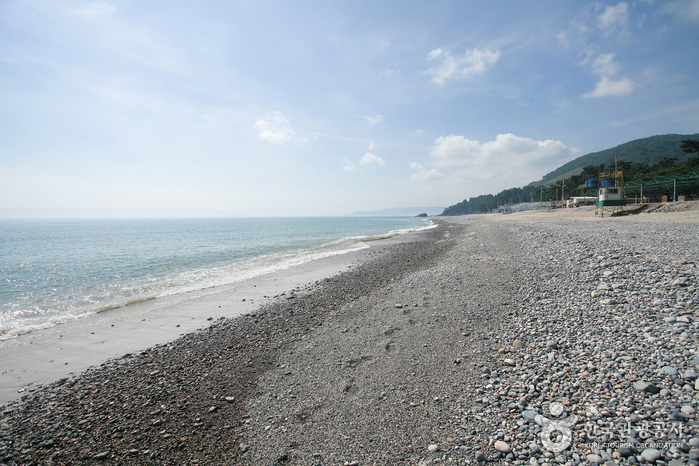
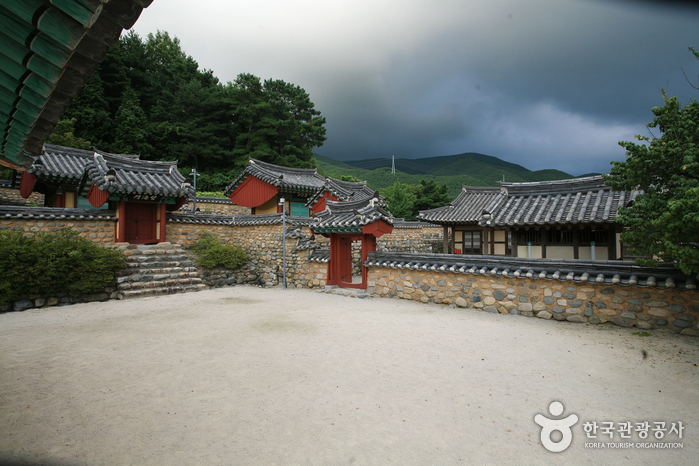
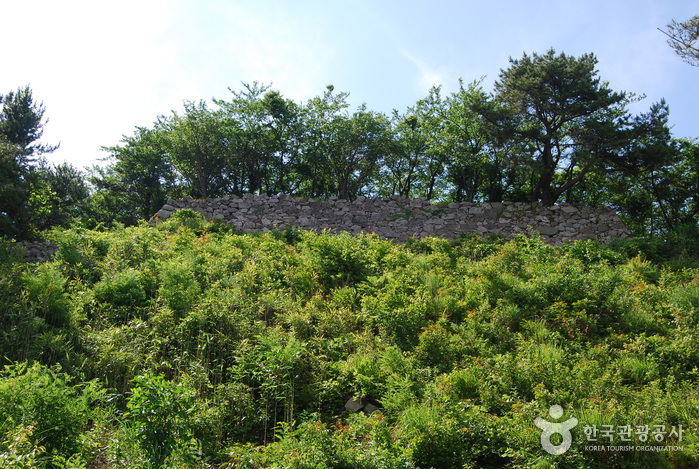
 English
English
 한국어
한국어 日本語
日本語 中文(简体)
中文(简体) Deutsch
Deutsch Français
Français Español
Español Русский
Русский